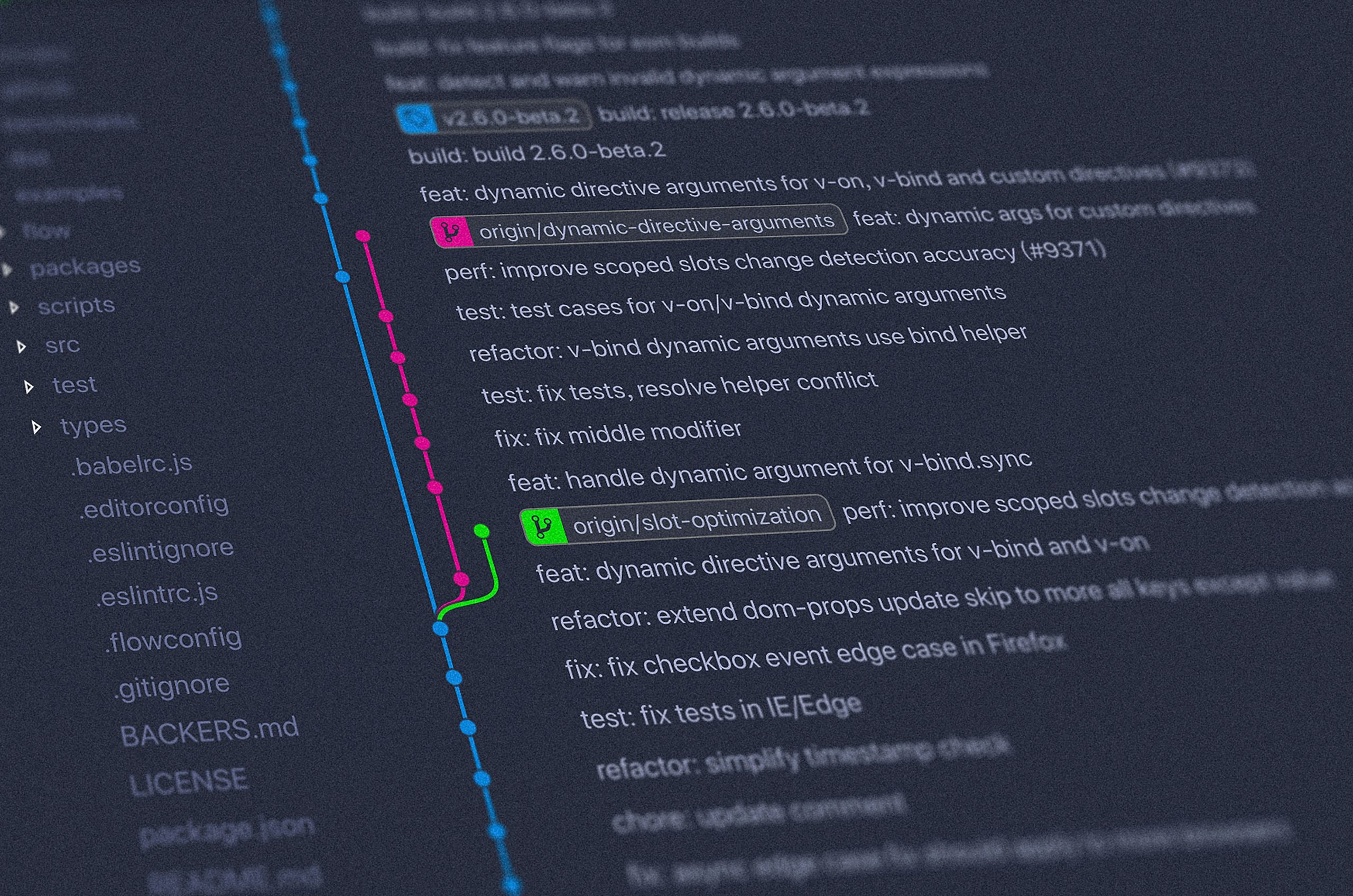The Essential UX Writing Guidelines for Designers: Enhancing User Experience and Design Usability
In today’s digital landscape, blending appealing design with seamless functionality is crucial for creating products that users not only visit but enjoy interacting with. This delicate balance often hinges on one pivotal element: UX writing. So, what exactly are UX writing guidelines for designers, and why are they so vital?
UX writing, or user experience writing, refers to crafting concise and informative content that guides users through a digital product, from web apps to mobile interfaces. It’s about clarity, direction, and engagement—the trifecta that can enhance usability and foster a positive user experience. For designers, understanding and implementing effective UX writing guidelines is essential to ensure their designs don’t just look good, but also communicate effectively.
The Importance of UX Writing in Design
UX writing transforms the way users interact with a product. When integrated properly, it empowers users, minimizes confusion, and drives engagement. According to a study by Adobe, well-thought-out microcopy can increase user engagement by up to 25%. For designers, embracing UX writing guidelines is crucial to crafting intuitive interfaces.
UX Writing Guidelines for Designers: Where to Begin?
1. Start with User-Centered Language
Understand your audience. Use words and phrases that resonate with them, aligning with their expectations and vernacular. This means conducting user research to comprehend the language and tone your audience prefers.
2. Keep it Concise and Clear
Guidelines emphasize brevity and clarity. Users seek quick and effortless comprehension. To achieve this:
- Use simple language: Avoid jargon that can alienate or confuse users.
- Prioritize key information: Make sure the primary message stands out.
- Stick to active voice: This makes directives clearer and engagements actionable.
3. Be Consistent Across the Board
Consistency breeds familiarity. Whether it’s a CTA button or a navigational link, maintaining uniform terminology ensures users understand your interface faster. This uniformity should extend across all message platforms, fortifying the brand voice.
4. Provide Contextual Guidance
Smart UX writing anticipates user needs. By offering contextual guidance—like tooltips or inline error messages—you help users complete actions or correct mistakes without frustration, thereby enhancing the user experience.
5. Mindfulness About Tone
Tone can greatly affect a user’s perception. A well-chosen tone of voice can humanize a digital product, evoke emotions, and establish trust. However, it must match the brand identity and target audience. For instance, a banking app may favor a professional tone, while a lifestyle app might opt for something more casual.
Advanced UX Writing Techniques for Designers
1. Use Data-Driven Insights
Leverage analytics to understand how users interact with your content. Tools such as Google Analytics can provide insights into user paths and drop-off points, helping refine your UX writing strategy.
2. Rely on A/B Testing
A/B testing different versions of microcopy can reveal which messages perform better. Experimentation allows designers to continuously improve communication strategies based on user feedback and behavior.
Concluding Thoughts: The Power of Effective UX Writing for Designers
In essence, mastering UX writing guidelines for designers is integral to creating products that resonate with target users. By prioritizing clarity, consistency, and user-centered language, designers can significantly enhance the usability and engagement of their digital products. As the digital world evolves, so must our strategies to communicate effectively within it. Adopting these guidelines doesn’t just improve user satisfaction; it strengthens the bridge between visual design and user interaction.
Ultimately, UX writing is not just about words; it’s about creating meaningful connections and guiding users effortlessly through a digital journey. As such, designers equipped with strong UX writing principles are better prepared to craft experiences that are both functional and delightful.




